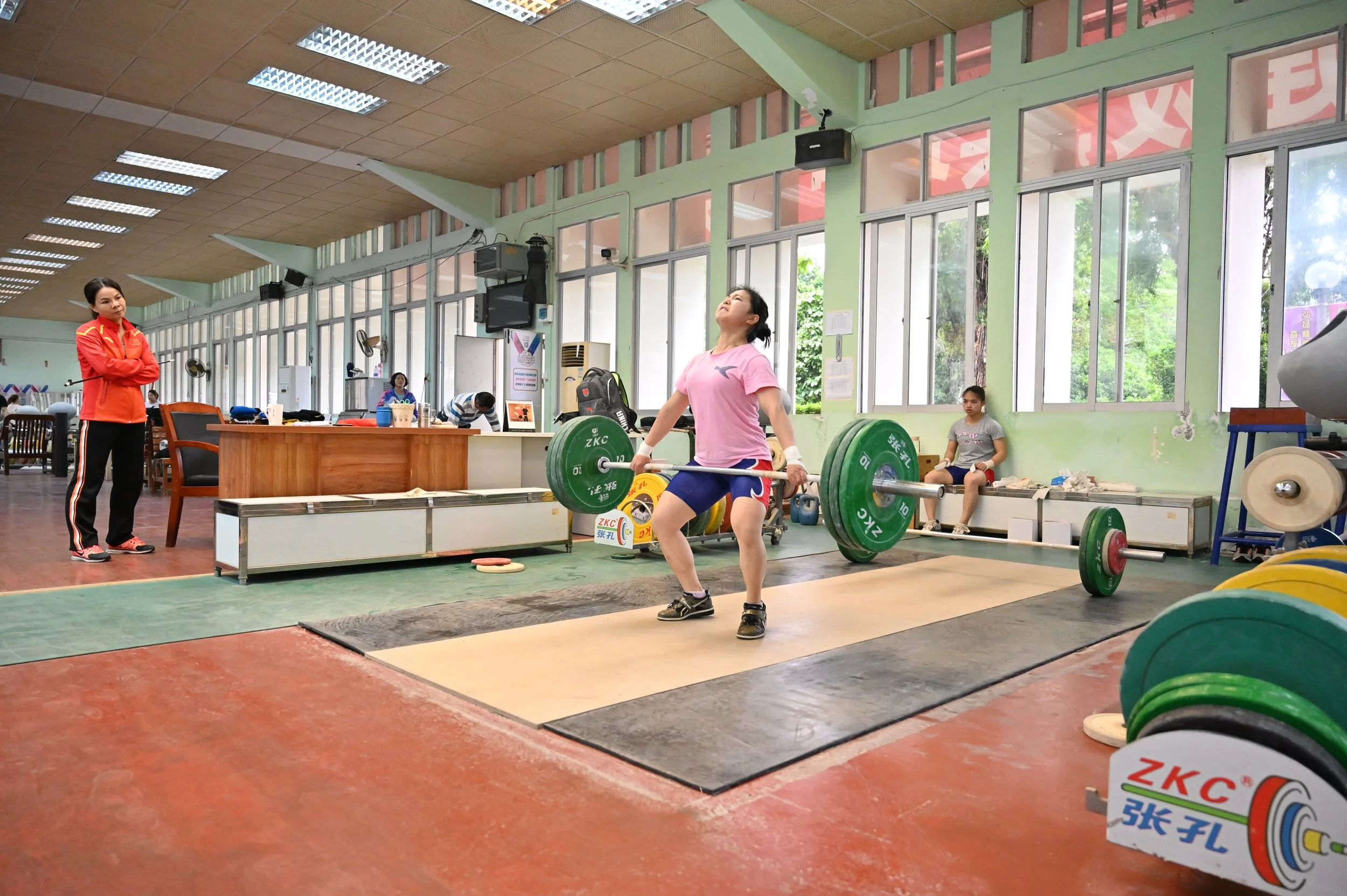The Soviet vs. Chinese Methods: What Can We Learn?
The Soviet vs. Chinese Methods: What Can We Learn?
Athletes frequently ask me about weightlifting methodologies—specifically, the Soviet, Chinese methods and Bulgarian. I’m not going to touch on the Bulgarian system as I have not had any exposure. Having worked closely alongside a Soviet-trained coach and having personally visited Chinese training facilities on several occasions. I've observed these systems firsthand. I believe each offers valuable insights, yet neither provides a perfect blueprint for American weightlifters. Here's why.
Understanding the Soviet Method
The Soviet method, historically dominant from the 1960s to the late '80s, is characterized by meticulously structured, periodized programs. Coaches and Soviet Sport Scientists emphasized precise monitoring of athlete progress through extensive data collection, including metrics such as Average Absolute Intensity and K-value. Anatoli Bondarchuk's research highlights the necessity of balancing volume, intensity, and specificity for peak performance, using carefully designed macrocycles that build systematically toward competition.
It was the Soviets that more or less coined block periodization which dovetails nicely into annual planning. This approach revolves around long-term athlete development, structured training cycles, and a highly analytical mindset. My experiences working with Soviet-trained coaches reinforced that the scientific rigor of this model remains a gold standard, built around state-sponsored facilities that included dedicated training environments, meals, sports medicine, and massage therapy. Legendary Soviet Coach Alexey Medvedev further exemplifies this meticulous, scientifically driven methodology, which yielded consistent, predictable results.
Exploring the Chinese Method
Conversely, the Chinese method incorporates a higher frequency of lifts, significant emphasis on accessory exercises, and intense daily training. During my visits to Chinese training centers, I observed athletes performing numerous variations of the snatch and clean & jerk, meticulously addressing individual weaknesses through specialized assistance exercises. Unlike the broader approach of Soviet periodization, Chinese coaches tailor each session closely to athlete feedback, technique perfection, and skill mastery. At a professional level the athletes to coach ratio was typically 8:1 with the majority of the athletes being the same and weight class.
Coaches are provided a support structure and themselves become a component of the overall training system. The system is just that, a multi-tiered, KPI based with an athlete feeder system. I will go into more detail on the feeder system in upcoming articles.
Since the coaches are only focused on success (medal or record count) they have the ability to dedicate a significant portion of their energy into athlete development. This method yields remarkable technical consistency, adaptability, and rapid technical refinement, contributing to China’s recent dominance in international competition. Notably, Chinese coaches receive direct rewards based on athlete performance. Athletes typically break world records by only one kilogram at a time, unless the weight class is retiring, allowing repeated opportunities for records—and further recognition for both athlete and coach.
Key Differences: Structured Data vs. Adaptive Precision
Where Soviet training thrives on long-term planning and analytics (as exemplified by Bondarchuk’s meticulous methodology), Chinese training prioritizes adaptability and precision on a session-by-session basis. Soviet athletes often operated within fixed cycles, whereas Chinese athletes continuously refine technique through closely monitored, frequent interactions between coaches and athletes.
The American Reality: A Different Game
Herein lies the crux: neither method fully aligns with the realities facing American weightlifters. The Soviet and Chinese systems rely heavily on structured, state-supported environments, complete with dormitories, prepared meals, integrated sports medicine, massage therapy, and very small athlete-to-coach ratios—luxuries American lifters typically do not have access to. Furthermore, American athletes enjoy greater freedom of choice in their training, career, and personal lives, unlike the rigid state systems of the Soviet Union and China.
Yet, rather than lament this reality, American weightlifters have found ways to adapt. At Austin Barbell, we’ve successfully integrated elements from both methodologies, prioritizing flexibility, individualization, and athlete autonomy. We track data meticulously like the Soviets but stay agile like the Chinese, continually adapting programs based on real-time athlete feedback.
What Can We Learn?
Dr. Anatoliy Bondarchuk’s contributions remind us of the critical importance of structured, data-driven training. Meanwhile, the Chinese demonstrate the effectiveness of technical refinement, athlete-coach communication, and adaptability. The American system, uniquely positioned outside state-sponsored models, can synthesize the best of both worlds.
Conclusion
Neither the Soviet nor Chinese system was designed with the American athlete in mind. Our reality requires an innovative approach—taking wisdom from Bondarchuk’s structured analytics and blending it seamlessly with the agile adaptability of Chinese methods. The result? An effective American method—rooted in tradition, enhanced by adaptation, and defined by results.
At Austin Barbell, we've learned that American athletes, when empowered with the right blend of structure, adaptability, and autonomy, can excel—and have done so time and again.



